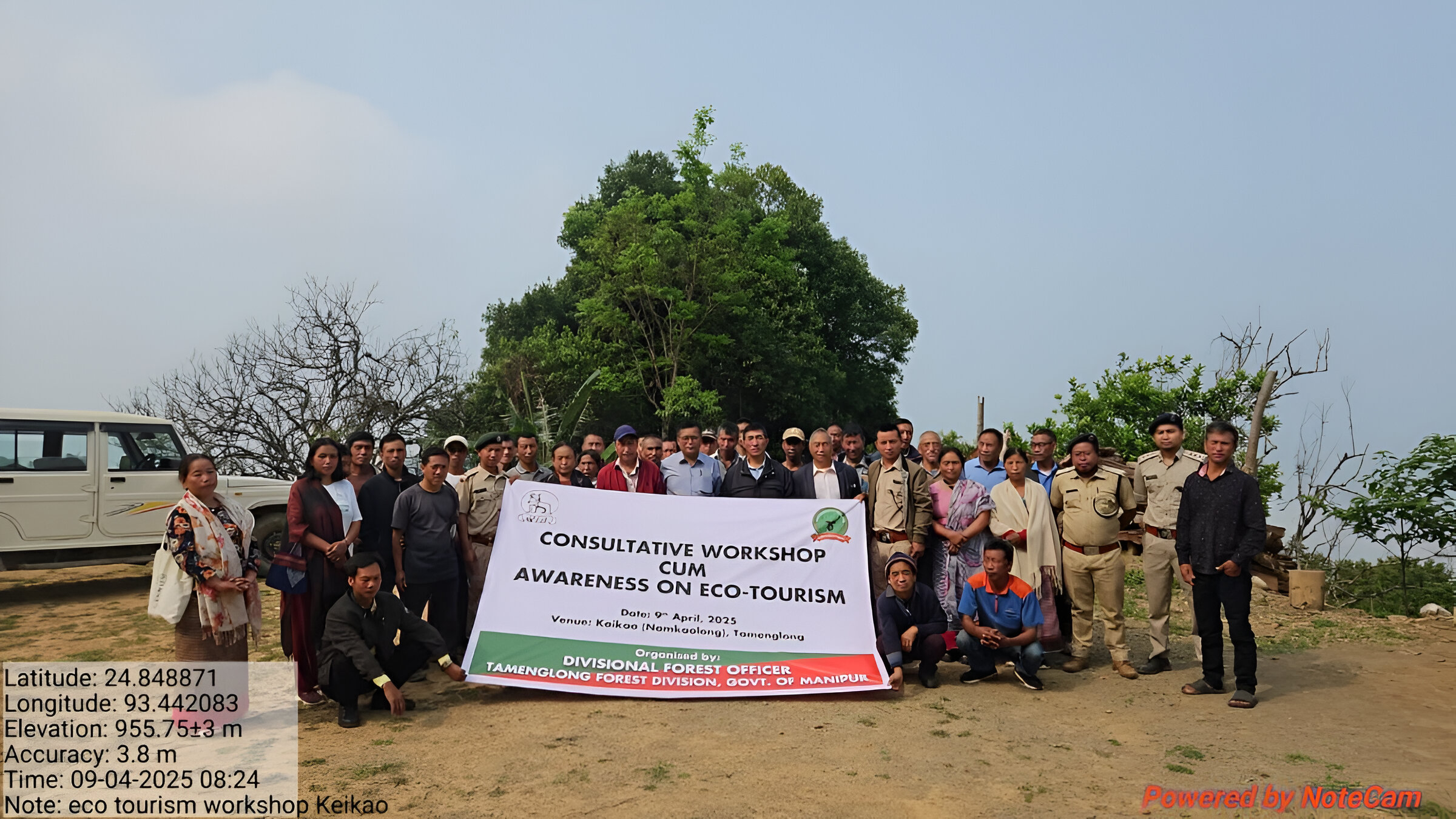Manipur Forest Department Pushes Eco-Tourism and Carbon Finance Initiatives in Tamenglong
📰 News Summary
The Manipur Forest Department has launched a series of eco-tourism and carbon finance initiatives in Tamenglong district to promote sustainable development and empower local communities. Key attractions like Arai Bat Cave and Khoupanglang Cave are being developed for eco-tourism, while a carbon finance workshop was held in Azuram village to explore climate action strategies. These efforts aim to align environmental conservation with economic opportunities for the region.
🌿 Eco-Tourism and Carbon Finance: A Deep Dive into Manipur’s Green Revolution
Introduction: Embracing Sustainable Development
In the heart of India’s Northeast, Manipur’s Tamenglong district is witnessing a transformative shift towards sustainable development. The Forest Department’s recent initiatives in eco-tourism and carbon finance are not just environmental strategies but also avenues for community empowerment and economic growth.
The Allure of Tamenglong: Nature’s Untouched Canvas
Tamenglong, often referred to as the ‘Land of the Hornbill,’ is a treasure trove of biodiversity. Its dense forests, cascading waterfalls, and unique caves like the Arai Bat Cave and Khoupanglang Cave offer immense potential for eco-tourism. These natural wonders, previously hidden gems, are now being spotlighted for sustainable tourism development.
Eco-Tourism: A Pathway to Sustainable Prosperity
Eco-tourism in Tamenglong is more than just sightseeing; it’s about immersive experiences that foster environmental awareness and community involvement. By developing infrastructure around key sites and promoting responsible tourism practices, the Forest Department aims to create a model where nature and livelihoods coexist harmoniously.
Carbon Finance: Monetizing Conservation Efforts
Carbon finance introduces a novel approach to conservation by assigning economic value to the carbon sequestration capabilities of forests. In Azuram village, a 5.81 sq km community reserve is being leveraged for carbon finance projects. Collaborations with organizations like The Energy and Resources Institute (TERI) are instrumental in implementing these initiatives, providing both environmental benefits and financial incentives to local communities.Manipur Forest
Community Engagement: The Cornerstone of Success
The success of these initiatives hinges on active community participation. Workshops and awareness programs are being conducted to educate and involve local residents in eco-tourism and carbon finance projects. This inclusive approach ensures that development is not only sustainable but also equitable, benefiting those who are the stewards of these natural resources.
Challenges and the Road Ahead
While the prospects are promising, challenges such as infrastructure development, capacity building, and ensuring equitable benefit-sharing remain. Addressing these issues requires continuous dialogue, adaptive strategies, and unwavering commitment from all stakeholders involved.
❓ FAQs
1. What is eco-tourism, and how is it being implemented in Tamenglong?
Eco-tourism refers to responsible travel to natural areas that conserves the environment and improves the well-being of local people. In Tamenglong, this involves developing tourist-friendly infrastructure around natural sites like caves and waterfalls, promoting conservation education, and engaging local communities in tourism activities.
2. How does carbon finance benefit local communities?
Carbon finance provides monetary compensation to communities for maintaining and enhancing forest areas that sequester carbon dioxide. This not only incentivizes conservation but also offers an alternative income source for residents, aligning environmental goals with economic development.
3. What role does the Forest Department play in these initiatives?
The Forest Department spearheads these projects by identifying potential sites, facilitating community engagement, collaborating with organizations like TERI, and ensuring that development aligns with conservation objectives.
4. Are there any educational programs associated with these initiatives?
Yes, workshops and awareness programs are integral components, aiming to educate local communities about the benefits and practices of eco-tourism and carbon finance, thereby fostering informed participation.
5. How can tourists contribute to these sustainable initiatives?
Tourists can support these initiatives by choosing eco-friendly travel options, respecting local customs and environments, and participating in community-led tourism activities, thereby contributing to the local economy and conservation efforts.



